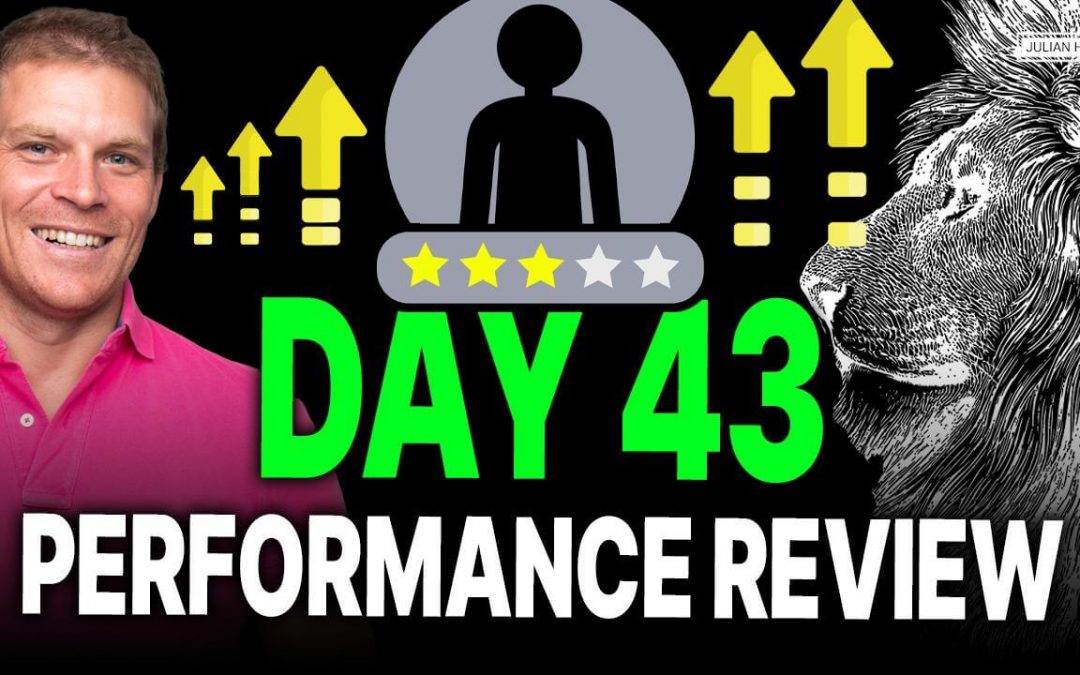On day 43 of the 90-day comeback gameplan, we discuss the topic of performance reviews. How do we give internal feedback to employees and evaluate them? What does the process for salary increases, career planning and even dismissals look like? Find out in this article.
Overview of Performance Reviews
Performance reviews involve giving employees feedback on their performance. This includes reviewing salary increases, career advancements, and sometimes even terminations. A well-known model comes from Jack Welch, former CEO of General Electric, who advocated for replacing the bottom 10% of employees annually and promoting the top 20%.
Different Approaches to Performance Reviews
Different companies have different approaches to performance reviews. For example, at Amazon, the bottom 10% of employees don’t receive bonuses or promotions, while the top 20% are rewarded. This naturally filters out the lower performers, who eventually get hired away by other companies, while the top performers are incentivized.
Goals and Evaluation Criteria
It’s crucial to set clear goals for performance reviews. These can range from identifying new leaders to reorganizing the team. A common method for evaluation is OKRs (Objectives and Key Results). However, this can lead to employees setting low goals to ensure they meet them. Therefore, it’s important to find a balanced mix between achieving objectives and providing value to the company.
At our company, employees are evaluated not only based on OKRs but also on our team principles. These include the impact an employee has on the team and the company. This creates a connection between individual performance and the company’s goals.
Frequency and Process of Reviews
The frequency of performance reviews can vary. Quarterly or bi-annual reviews are common. Too frequent reviews can be ineffective, while too infrequent reviews can lead to missing important developments.
Our review process includes a self-reflection by the employee, followed by feedback from the team lead. The feedback is then calibrated to ensure consistency across the organization. Finally, the team lead discusses the feedback with the employee.
Transparency and Privacy
While I am a strong advocate of transparency, I do not share sensitive information such as salaries or individual team reviews publicly. This would only lead to problems and not provide any positive outcomes.
Conclusion and Outlook
If you have questions about specific steps or topic requests for the coming days, feel free to let me know. Tomorrow we will discuss the Board Report, and on Friday we will review the first half of our challenge. The weekend will cover personal topics. See you!
Take part in our 90-Day-Challenge
If you want to take part in our 90-Day-Challenge and support us, now is the time to do so. If you’re an old customer who withdrew his funds, consider using our platform again. If you’re new – simply sign up here: https://bake.io
Your Julian
Entrepreneur / Investor / Athlete / Father


